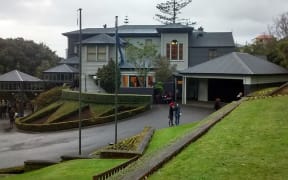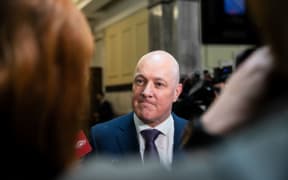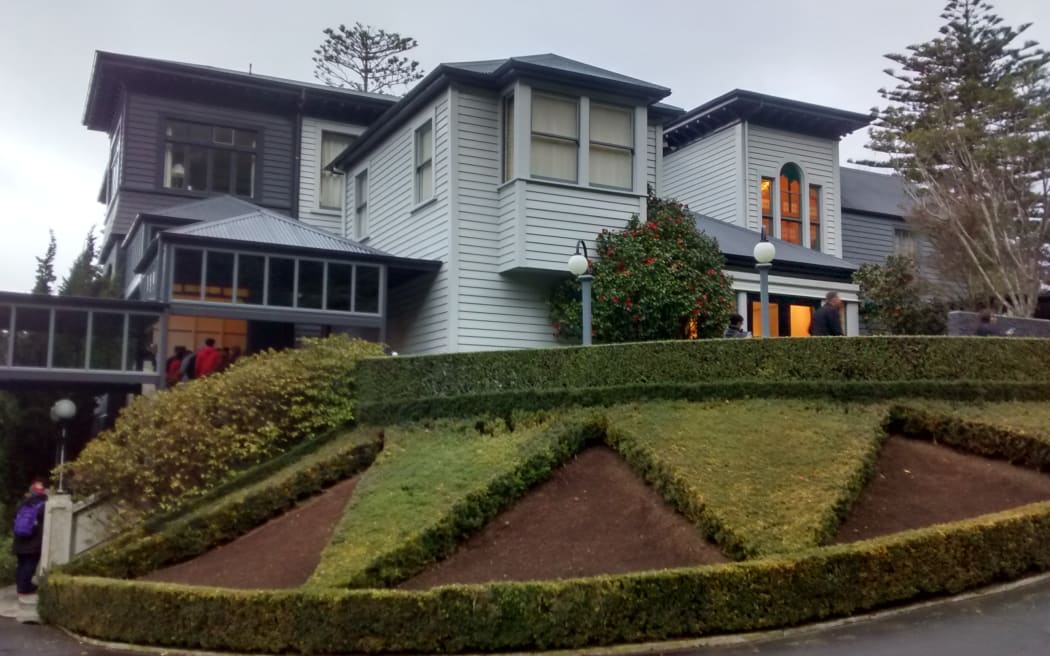
Premier House has not been cared for in a way that acknowledges its heritage, a report says. Photo: Wikimedia Commons
A report into the condition and future of Premier House has finally been released, with one of the options it explored to refurbish the site costing up to $80 million.
The report recommended a $33m refurbishment and also said a long-term maintenance plan for the prime minister's official residence should be adopted, which would cost $27m over 20 years.
Premier House had its last major refurbishment in 1990. In 2022, an independent Premier House Board was commissioned by then-prime minister Dame Jacinda Ardern to review its condition and provide advice on its maintenance.
The board's report into the long-term stewardship of Premier House was finished in September 2023, and has now been proactively released by the Department of Internal Affairs due to public interest.
The board, chaired by former controller and auditor-general Lyn Provost, said Premier House was a site of national significance, and one of New Zealand's most significant rare historic residential properties.
Despite that, it said Premier House had not been cared for in a way that acknowledged its heritage or supported its conservation.
If significant decisions on its future were not made, a "significant piece of our heritage will continue to degrade", it said.
"The property is important to New Zealand's reputation and provides a mechanism to convey messages about our history and our values to domestic and international audiences."
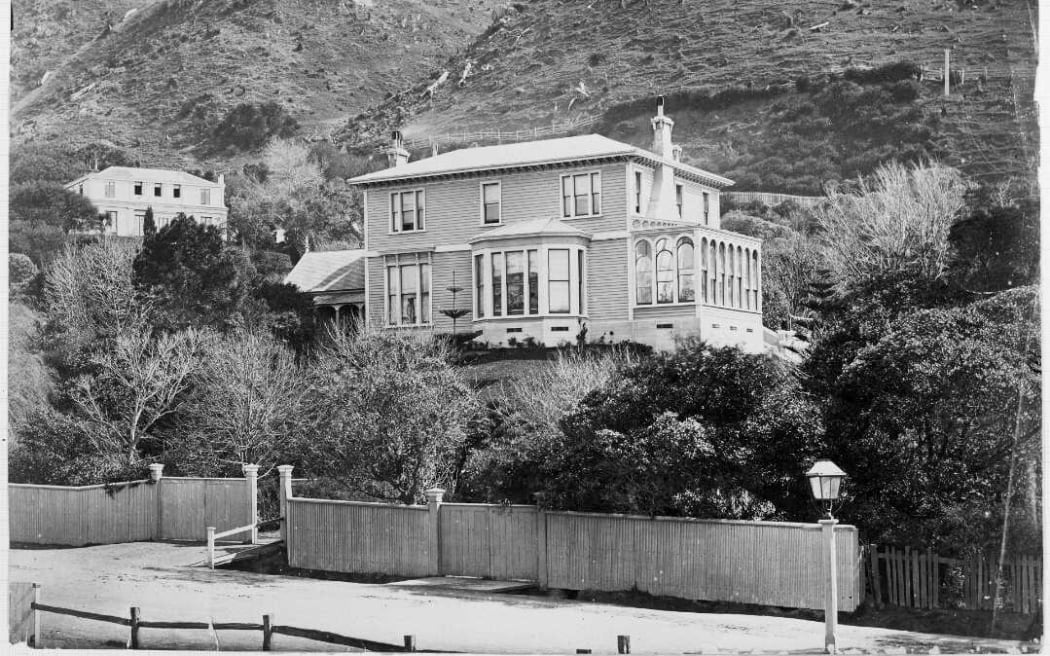
Premier House circa 1880. Photo: Alexander Turnbull Library, Wellington, New Zealand
Much of the 78-page report was dedicated to the history of Premier House, its refurbishments over the years, and assessments on its architecture, state rooms and grounds.
Read more:
Big, expensive, and not fit for purpose: What you need to know about Premier House
Many of its findings concluded Premier House did not "reflect the status" of prime minister.
In assessing the private apartment, where the prime minister usually resides, the report found its lift did not meet accessibility code requirements, its roof would need replacement in 2025, there was little to no insulation, and the windows were single-glazed.
It said the apartment should be urgently refurbished and should be reset and refreshed between residents.
The public spaces were found to be "elegant, but dated", staff facilities were "dated and ageing", and the gardens and grounds were "not being managed in a way that recognises or supports their heritage values".
While the board was also commissioned to suggest a redesign, its design proposals remain redacted.
It set out four options for maintenance and refurbishment. The first, a long-term maintenance plan to prevent further deterioration, would cost $27m over 20 years.
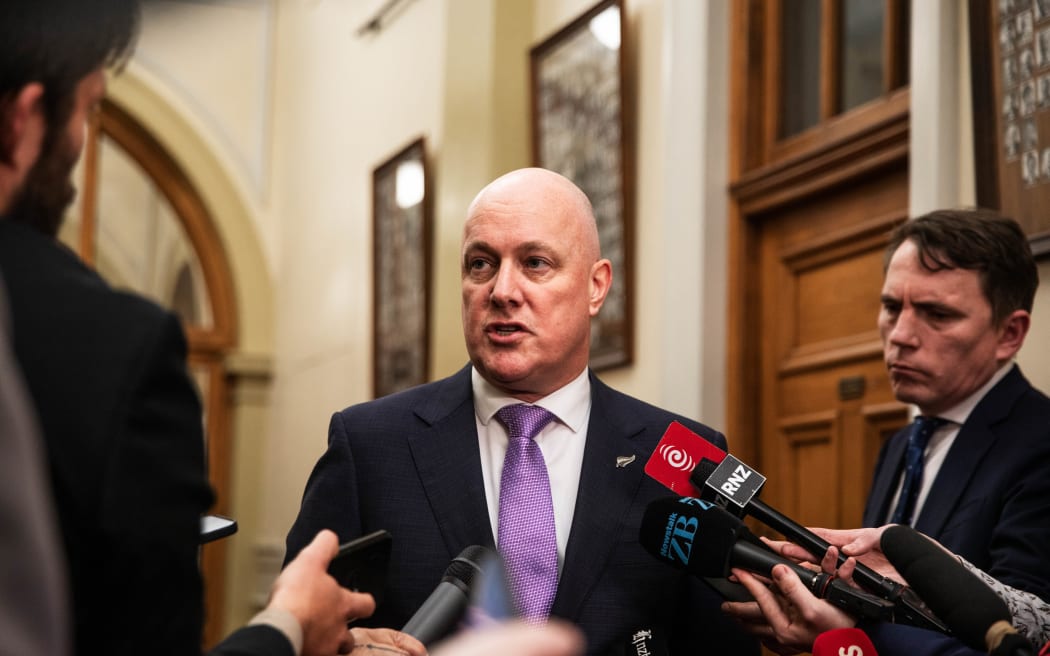
Prime Minister Christopher Luxon says he is choosing not to live at Premier House due to long-standing maintenance issues. Photo: RNZ / Samuel Rillstone
A phased refurbishment based on a logical costs methodology (addressing the immediate risks first) would have a preliminary cost of $43m, while a phased refurbishment based on a logical construction methodology (addressing standards and heritage incrementally) would cost up to $80m.
A fourth option, a full refurbishment as one large construction project over two to three years, would cost $33m.
The board viewed the long-term maintenance plan was the minimum required investment, and recommended the full refurbishment.
It said the investment would "address immediate heritage, seismic resilience and functional and performance requirements".
The phased refurbishment options were not recommended as their costs were not tenable, and risked only being partially achieved if investment was deprioritised.
It also recommended a heritage covenant be negotiated with Heritage New Zealand to ensure the site's continued protection.
As prime minister, Christopher Luxon is also the minister responsible for ministerial services and the relevant decision-making minister for Premier House.
But the report said ensuring Premier House's long-term stewardship as a national heritage asset would make it independent of the prime minister and ensure decisions related to Premier House were not at risk of being politicised.
"Ministerial recommendations for new funding to maintain or improve Premier House typically result in criticism from the public and across the political spectrum, particularly if the Ministerial Services portfolio is held by the prime minister, which is the usual arrangement," the report said.
Premier House made headlines earlier in March, when Australian cricketer Usman Khawaja said the prime minister had told him the property was "condemned". Luxon disputed that, but acknowledged its long-standing maintenance issues.
It was then revealed by Newsroom that Luxon planned on claiming a $52,000 top-up to his salary to cover his accommodation expenses - to live in his own mortgage-free apartment.
Luxon at first said he was "entitled" to the allowance, before u-turning hours later, saying the issue had become a "distraction" and he would repay the allowance.

